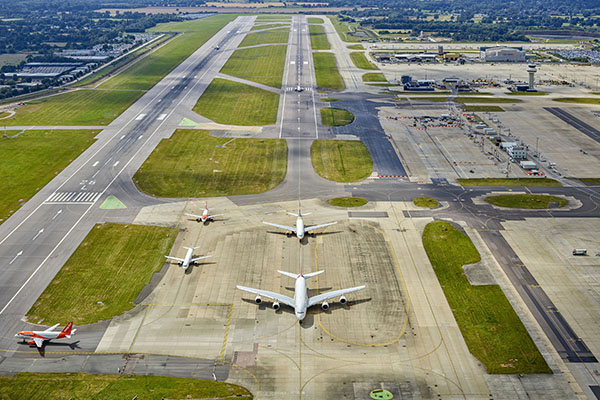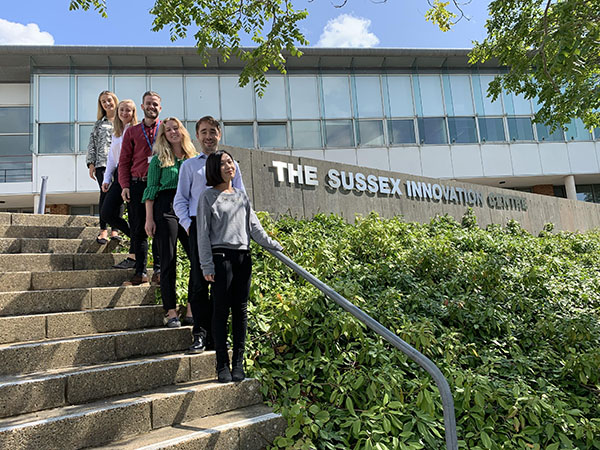
Gatwick has just announced its master plan which maps out the airport’s ongoing development and growth into the early 2030s. The plan sets out the airport’s latest thinking on how it can meet the increasing demand for air travel and provide Britain with enhanced global connectivity and new economic opportunities and jobs across the region for generations to come.
The master plan sets out how Gatwick could develop to meet demand in the most sustainable way over the next 15 years. It is also a direct response to the Government’s recent call for UK airports to look at ‘making best use of their existing runways’ and explores how Gatwick could grow across three scenarios:
1 Using new technology to build capacity and resilience on the main runway
2 Bringing the existing standby runway into routine use for departures only by the mid 2020s
3 Recommending planning policies to safeguard land for an additional runway
Strong public support
Following the publication of the draft master plan late in 2018, a 12-week period of public consultation took place to gather feedback and views on the three scenarios which included:
• Eight consultation events across the local region attended by over 2,500 people
• Over 5,000 responses from local residents, community groups, businesses, airlines, local and national politicians and other key partners
• 66% of respondents supporting Gatwick making best use of existing runways in line with Government policy, including the innovative plan to bring the existing standby runway into routine use alongside the main runway
• 59% of respondents supporting the continued safeguarding of land for an additional runway should it be required in the future
Taking forward the innovative plan to use the standby runway will deliver additional capacity. Taking forward the innovative plan to use the standby runway to deliver additional capacity, the airport will bring forward plans that balance:
• Operational resilience: unlocking extra capacity will help Gatwick to continue to provide good operational performance for passengers and airlines.
• Sustainable growth: building on Gatwick’s strong track record, work will be carried out to ensure environmental impacts are appropriately managed and mitigated, and incremental growth is delivered in a sustainable way.
In addition, the scheme would aim to deliver:
• Enhanced competition: building on the positive impact that competition has made to the passenger experience, additional capacity will provide further opportunities for airline innovation and passenger choice.
• Economic growth: investment will deliver more global connections, new opportunities for the local economy, and jobs for generations to come.
• Similar noise footprint: the extra capacity will be balanced by the airport’s noise footprint remaining broadly similar to today’s levels, mainly because of the introduction of new, quieter aircraft technology which have already made a significant difference.
• Minimal disruption: the standby runway plans will be a privately financed, low-impact and low-cost development resulting in a highly productive scheme. No compulsory purchase of residential properties would be required.
Next steps
In order to gain planning permission to routinely use the standby runway plan, Gatwick will follow the Development Consent Order (DCO) process that culminates in a final decision by the Secretary of State, following a recommendation from the Planning Inspectorate.
The first stages in the DCO process will see Gatwick carry out surveys and preparation of detailed environmental information on the standby runway plans later this year. This information, together with further details on the plans, will then be subject to a period of public consultation to allow local residents, councils, businesses, community groups and other key parties to have a say on the plans, potentially next year.




